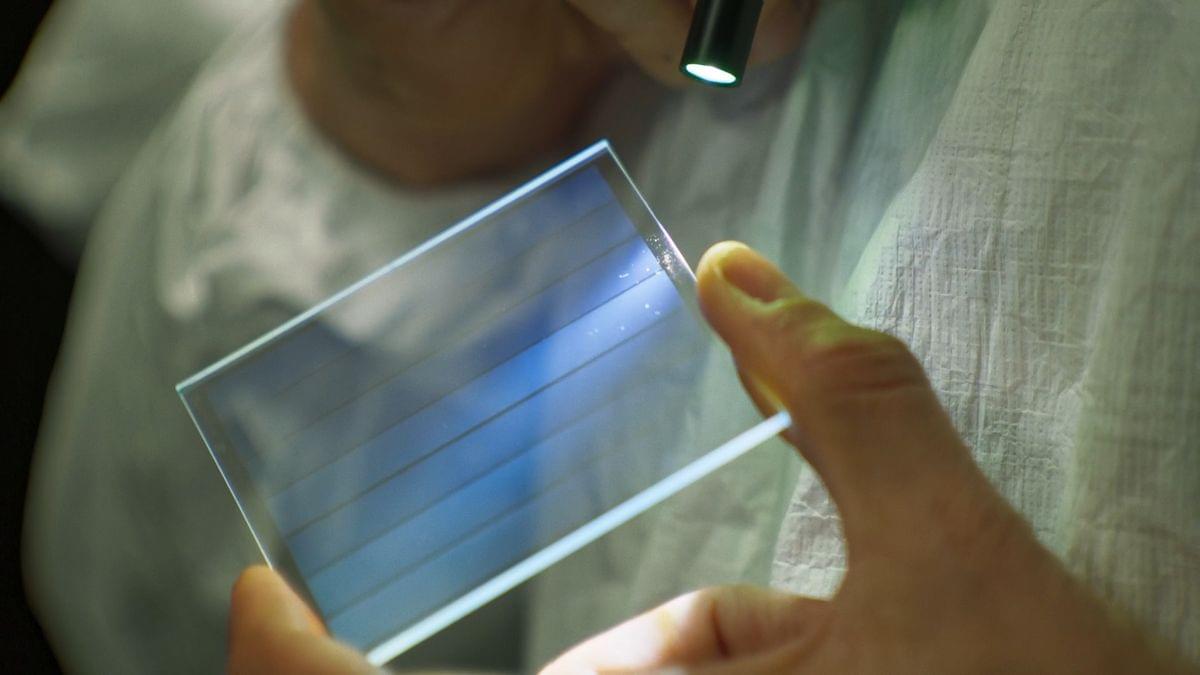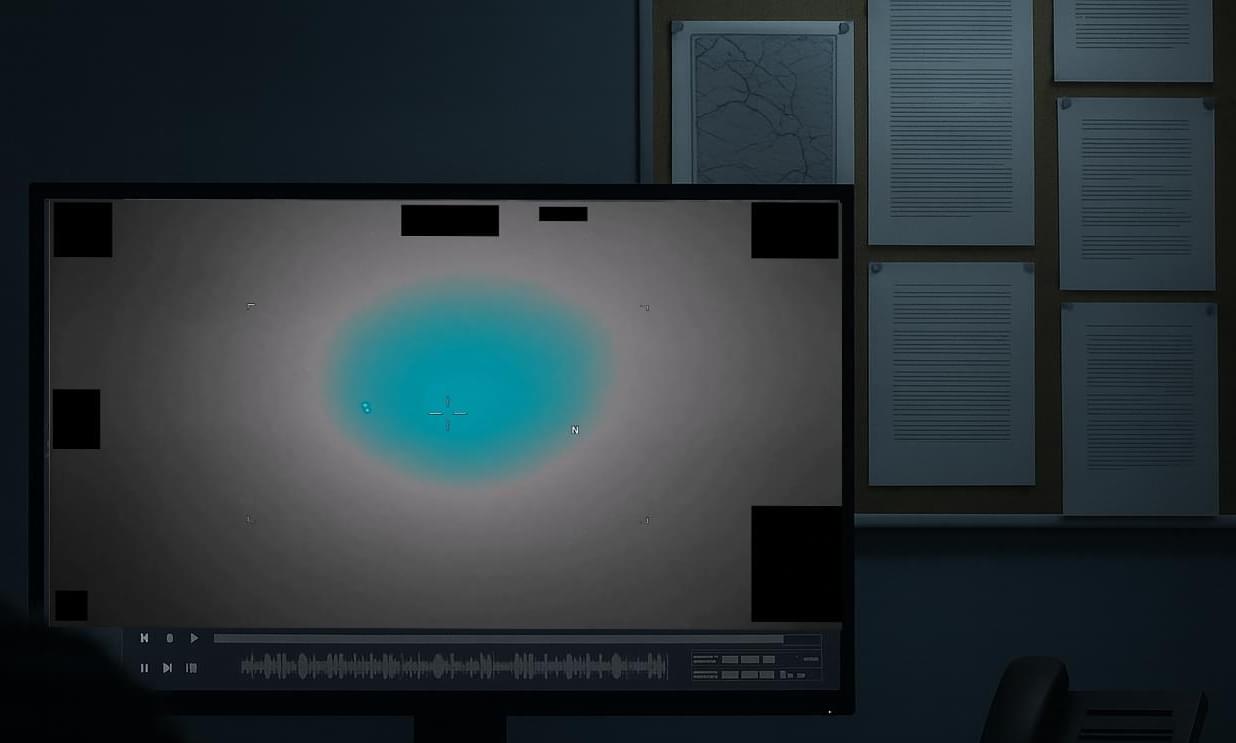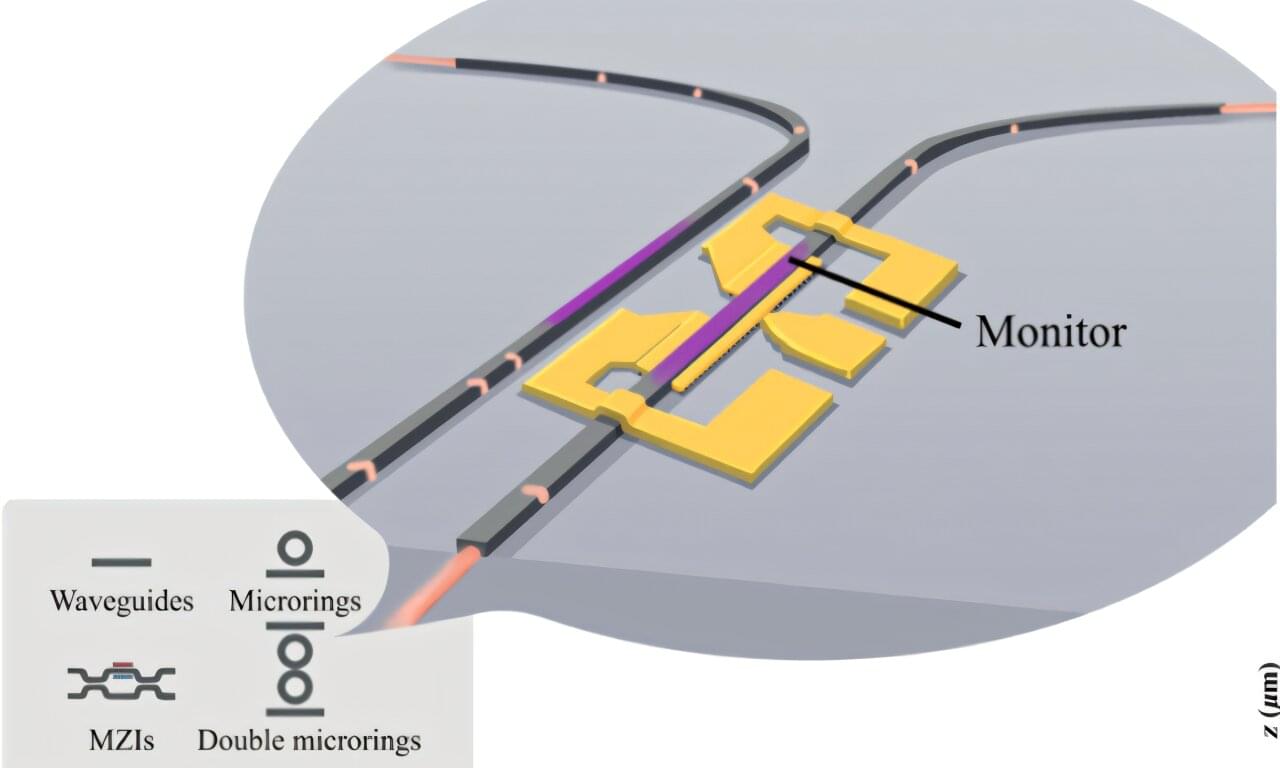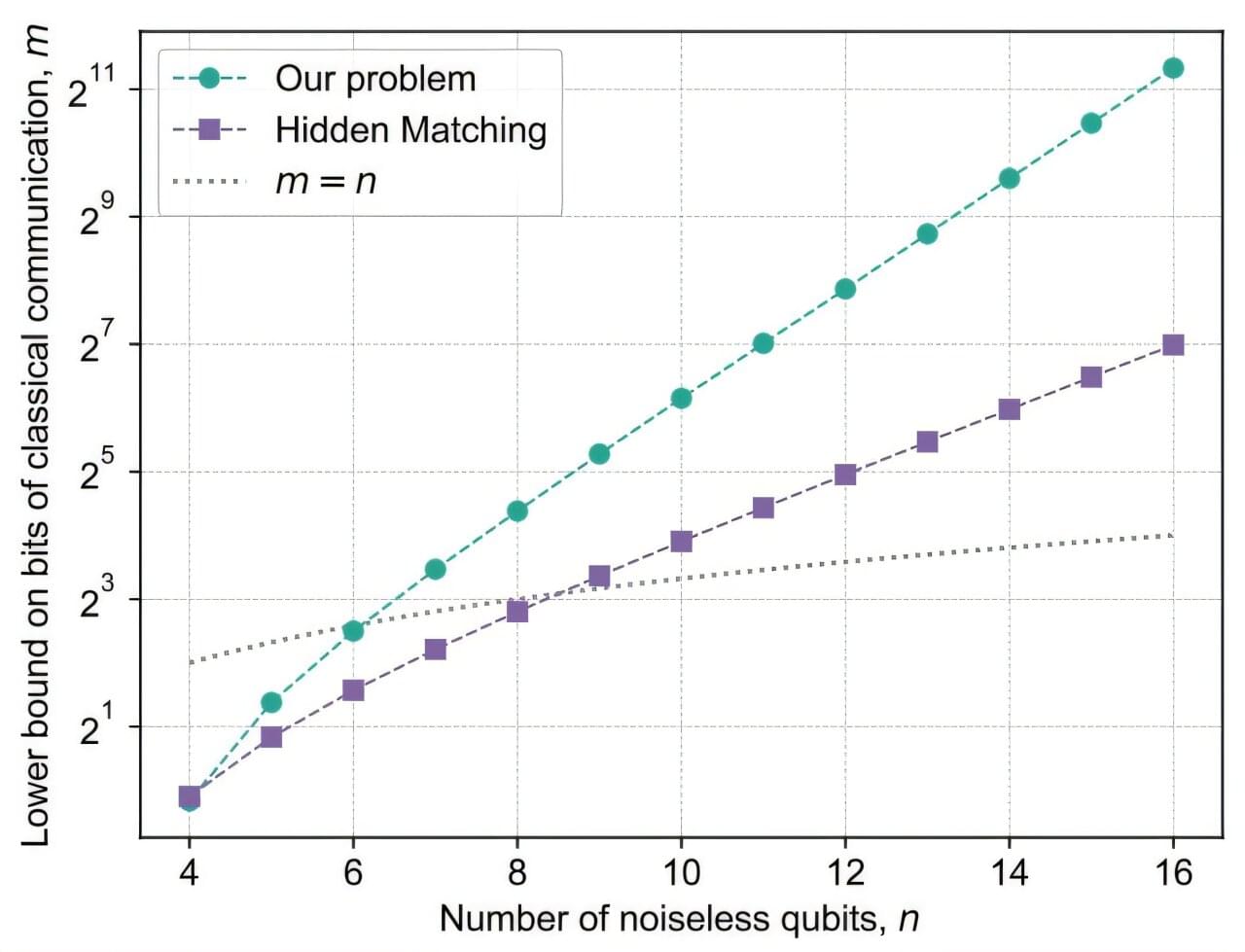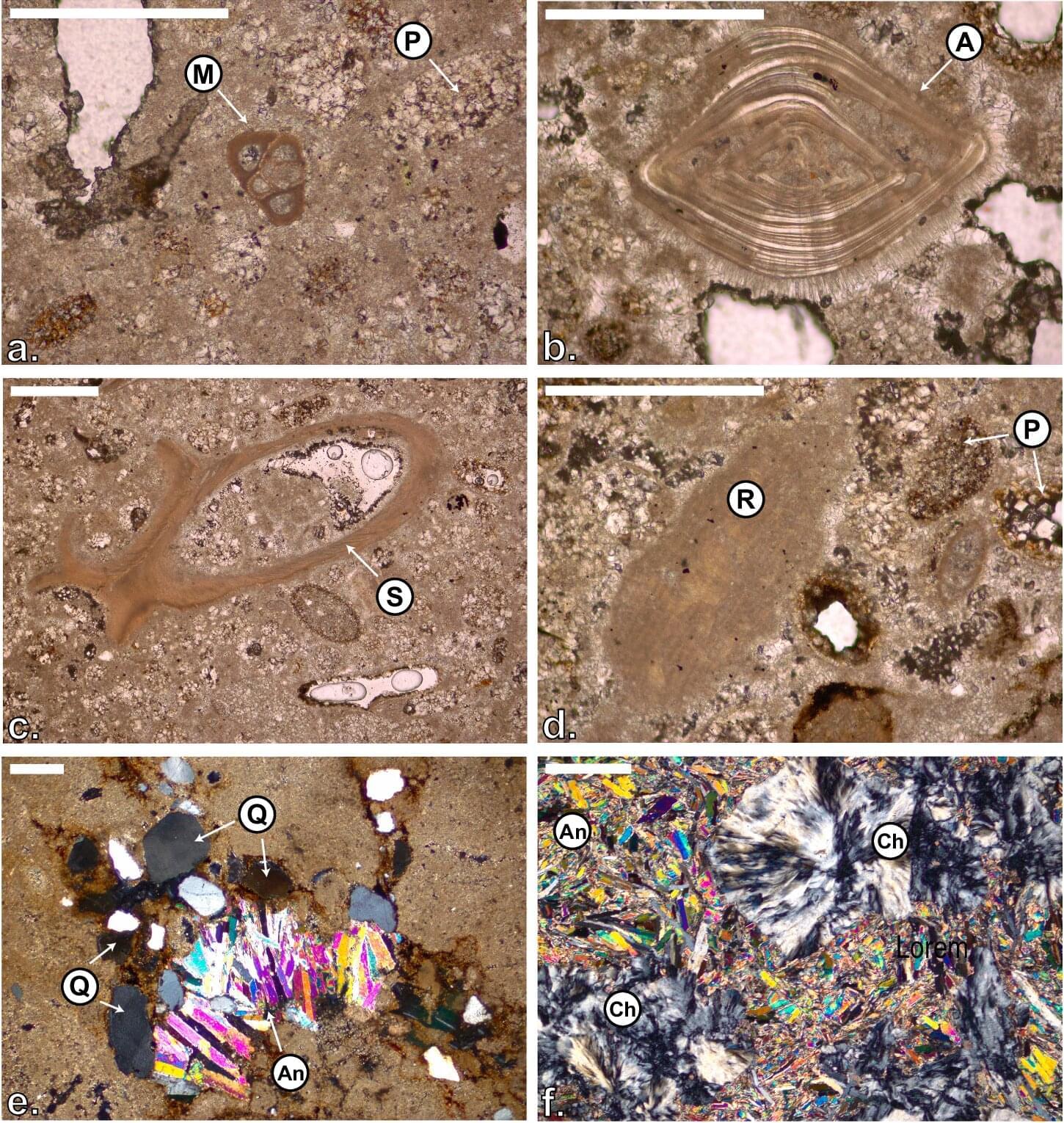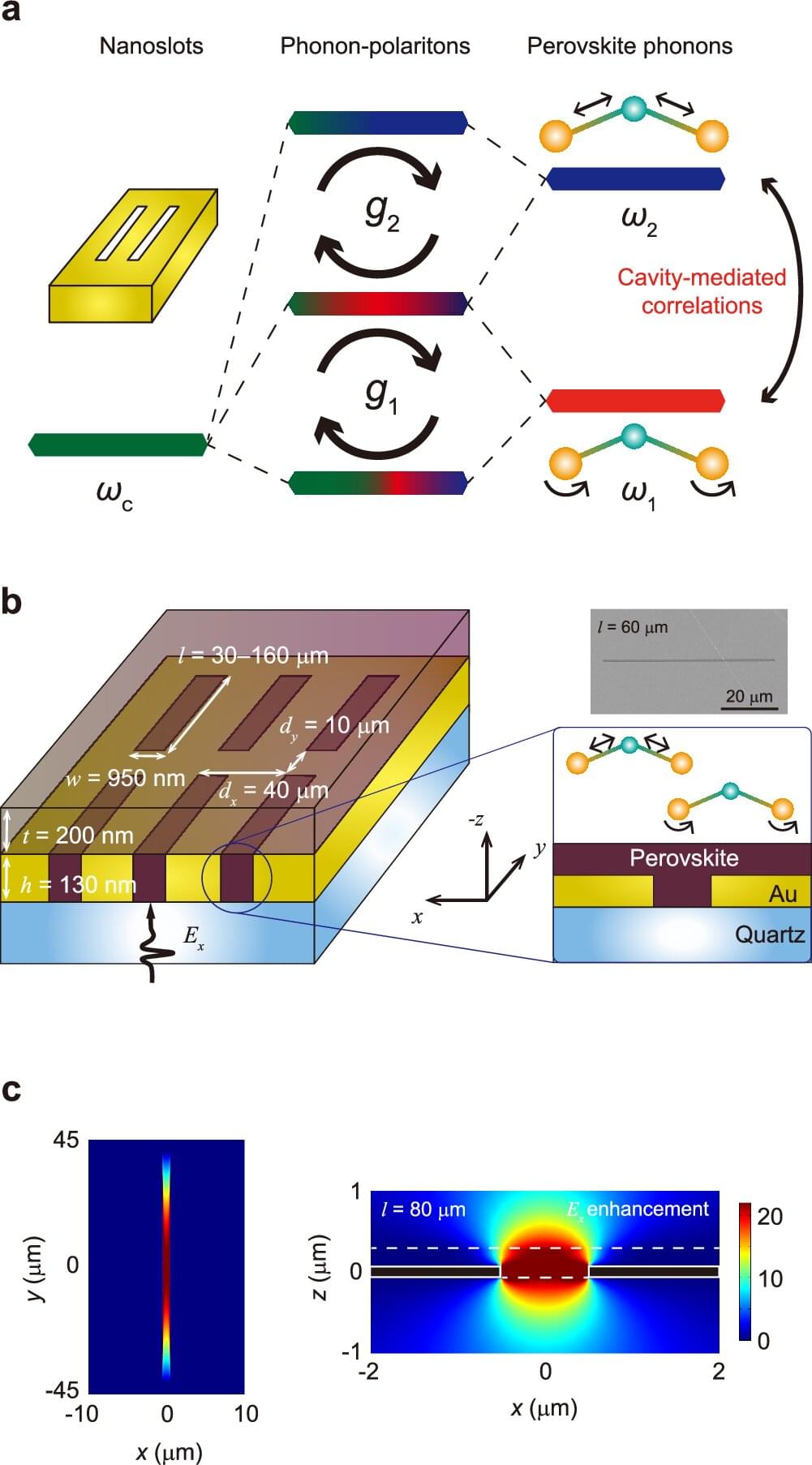Researchers find different genetic profiles related to two trajectories that autistic children tend to follow. One is linked to early diagnosis and communication difficulties in infancy. The other is linked to later diagnosis, increased social and behavioral difficulties in adolescence, and higher rates of conditions like ADHD, depression, and PTSD.
An international study led by researchers at the University of Cambridge has discovered that autism diagnosed in early childhood has a different genetic and developmental profile than that of autism diagnosed from late childhood onwards.
The scientists say that the findings challenge the long-held assumption that autism is a single condition with a unified underlying cause.


